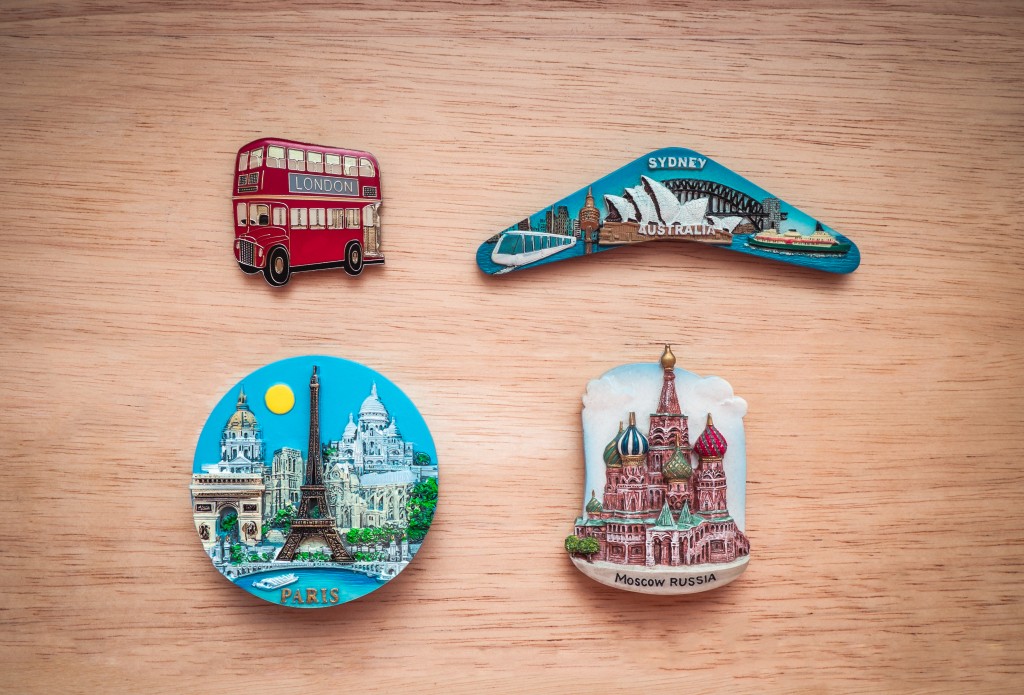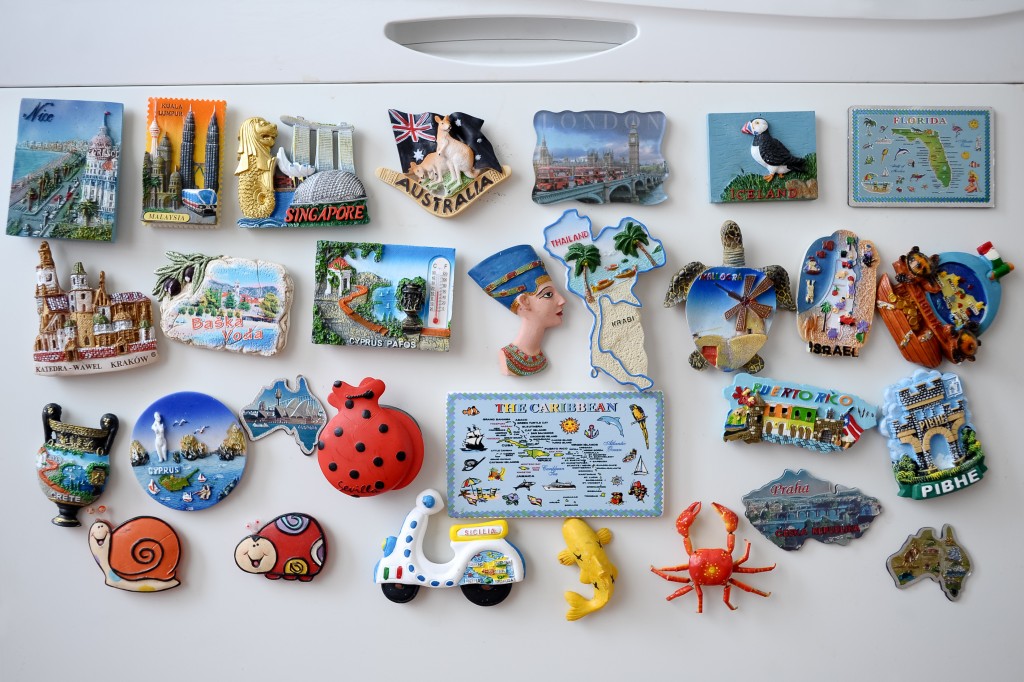How do you know if a souvenir is worth your time (or money) or if you are better off not buying it?
A simple principle can help: have nothing in your home that is not useful. Whether it’s a painting, weaving, carving, or a musical instrument, your souvenirs should have a purpose for your home.
“If there’s a chance that the souvenir I buy could be useless, then why buy in the first place?” you might ask.
Buying Souvenirs: What Do You Get Out of It?
Beyond the aesthetics or utility of an object, there are other justifications for bringing home souvenirs with you. Consider the following:
- The item should be locally-made. Your souvenir should represent a trade or craft for which the area you visited is known for.
- The souvenir fits a pattern. Your item should align with an existing collection or perhaps the start of the one you’ve always wanted.
- The object matches your interests (or the interest of your loved ones).
- The souvenir should serve as a means to an end.
The latter could mean the following:
- To further a local tradition that might die out without purchases.
- To compensate a local or merchant for their time.
- To help out a vendor who made such an interesting pitch or story.
Souvenirs You Should Say “No” To

The type of souvenirs you should refrain from buying are those items that seemed appropriate at the time but later you think “Why did I buy this?” This category can include hats, velvet paintings, or aloha shirts that seemed like a good idea at first.
If these purchases will make your trip better, go for it. But if you realize that the item you want, taken out of its initial context, will not restore the magic of the moment. It’s hard to recreate a trip with all those aloha shirts you brought.
Finding Souvenirs for Your Loved Ones
Bringing back thoughtful souvenirs extends the fun of your trip when you help your loved ones experience a small part of your trip with a souvenir. Here are some examples of ideal souvenirs:
- Books. Buy a book about the region so your loved ones can have an idea about the place you went to.
- Scarves. They’re light, easy-to-pack, and each country boasts of different styles and materials.
- Jewelry. Earrings, in particular, are small and inexpensive. Most earrings also showcase different regional designs.
- Local specialties. Some examples are woven items, wood carvings, ornaments, and glass.
- Flat items. This type of souvenir is easy-to-pack and comes with plenty of options. This can include maps, prints, small paintings, paper cuttings, coasters, or photos/drawings from local artists.
Make Your Souvenirs Count
Instead of having a collection of unused items, make your souvenirs count. For example, decide how you’ll display the items. Rotate your collections so they won’t grow old or keep some out so you can keep less in storage.
Let your souvenirs be more meaningful by buying the right ones for you and your loved ones. Be a wise souvenir shopper!

